Description
CORE TECHNOLOGY
SENHEX: The core technology of COOLATOR-10 is the next-generation Sensible heat exchanger. Senhex stands for ’Sensible Heat Exchanger’. It is a cross-flow, plate-type polymeric exchanger. The Warm, primary air flows in enclosed channels and gives up its heat to water films flowing down the other side of the polymeric plates. A secondary air stream flowing in the direction opposite to the water evaporates water before it is exhausted outside. Thus, in indirect cooling phase of indirect direct evaporative cooler the primary air is cooled without any moisture addition.
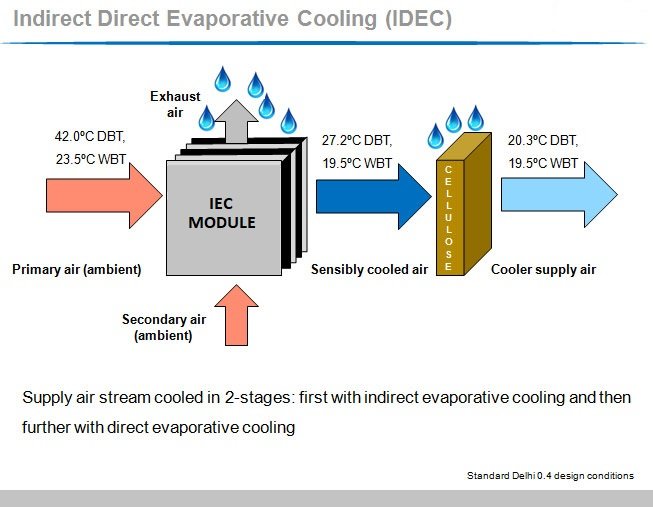
Features & Benifits
- No moisture added during stage 1(sensible cooling stage).Hence,works Better during rainy weather.
- IDEC Technology delivers 5 Deg.C more Cooling and adds 60% less moisture than DEC.
- Area Cooled:1800-2000 Sq. Ft.
- 60-80 % lower energy consumption as compared to conventional air conditioning systems
- delivers 100 percent fresh, clean & cool air
- Creates more comfortable conditions for employees and processes
- Eco-friendly -since it does not emit any harmful greenhouse gases.
- An excellent upgrade over Air washer and Ventilation Systems.
- Prevents solvent evaporation under controlled temperature conditions in print and packaging industry and in paint shops
- Excellent Indoor Air Quality (IAQ) and no Sick Building Syndrome and as such increases productivity on shop floor.
Specification of Coolator 17
| Description | Details |
|---|---|
| Model- Type | COOLATOR® -17 |
| Cabinet Construction | |
| 25 mm Double skin puff panel with extruded hollow aluminium profile | |
| Air flow Machine Outlet- in CFM/CMH | 10000 / 17000 |
| Area cooled (sq feet) | Upto 2000 Sq.ft. |
| Static pressure in mm of Wg | 40 |
| Type of Blower | Forward/Backward Curve belt driven fan |
| Make of Blower | Nicotra/Blowtech/Kruger |
| Blower motor connected load kW | 5.5kW |
| Connected Load | 7.1 kW |
| Make of Motor | ABB/CG/Siemens/Havells |
| Blower Motor Specification | IE2, TEFC , 4Pole , Class F insulation, IP55 protection |
| Make of sensible heat exchanger | SENHEX (EVAPOLER) |
| Adiabatic Heat Exchanger | Cellulose Pad , 5mm flute ht , 100 mm thick – Glo-aire/Eco-cool /Munters |
| Filtration | Non-woven Washable synthetic Media (Efficiency 90 % Down to 10 Micron) |
| Dimensions L x W x H (mm) | (3100x2200x2300)±100 |
| Unit operating Weight in Kg | 1580 |
| Power supply | Three Phase 415V,50Hz |
| Controller | Industrial Grade Single Speed Controller |
| Mode of operation | |
| Additional features available on request. | |
| RH Sensor | Available on request |
| Variable frequency drive. | |
| UV unit for tank water |
OVERVIEW
Payback Period
| TYPE | COOLATOR® – 17 | AIR CONDITIONER |
|---|---|---|
| Capacity | 10000 CFM | 20 TON |
| Total Power | 7.1 kW | 22 Kw |
| Covered Area | 2000 sqft | 2000 sqft |
| Air Changes Per Hour | 30 | 1 |
| No. of Machine Required | 1 | 1 |
| Electricity Unit Consumption per year (10 hrs, 300 days) | 21300 kw | 66,000 kw |
| Total Electricity Cost (in Rs.)(Assuming Rate @ Rs 8/Unit) | Rs. 1,70,400 /- | Rs. 5,28,000 /- |
| Saving on Electricity Cost per year ( in Rs.) | Rs. 3,57,600/- | Nil |
| Running Cost Saving (%) | 68% | NIL |
| PAYBACK PERIOD | 12 Months |
Evaporative Cooling Types
Direct evaporative cooling (Single Stage Cooling)
Indirect evaporative cooling
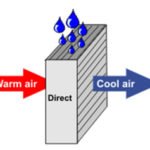
With direct evaporative cooling, outside air is blown through a water-saturated medium (usually cellulose -Honey comb cooling pads) and cooled by evaporation. The cooled air is circulated by a blower.
Direct evaporative cooling adds moisture to the air stream until the air stream is close to saturation. The dry bulb temperature* is reduced, while the wet bulb temperature** stays the same.
*dry bulb: Sensible air temperature (as measured by a Thermometer).
**wet bulb: The lowest air temperature achievable by evaporative Air Cooilng System.
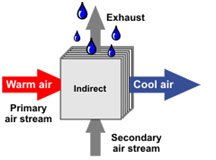
In Indirect evaporative cooling Hot Air and water travel in different channels and do not come directly in contact with each other, hence the name Indirect Evaporative Cooling.
In IEC, warm primary air cools by losing its heat to a thin water film on the other side of a conducting surface. Another air stream called Secondary or Scavenging air moves upward through the falling water and evaporates this water, thereby, converting most of the sensible heat into latent heat, before it is exhausted to the outside. Thus, the primary air is cooled without coming in contact with the water stream. Hence, IEC reduces the dry bulb temperature, wet-bulb temperature, and the enthalpy of the primary air without adding any moisture to it.
Indirect direct evaporative cooling ( Two Stage Cooling )
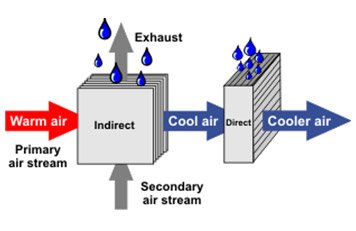
In Indirect Evaporative cooling, the primary air is cooled without coming in contact with water. Hence in first stage air is cooled without adding any moisture to it and then cooled further in the second stage with the direct evaporative cooling process with extra reduction of 5 Degree c .The combined process is called indirect direct evaporative cooling.
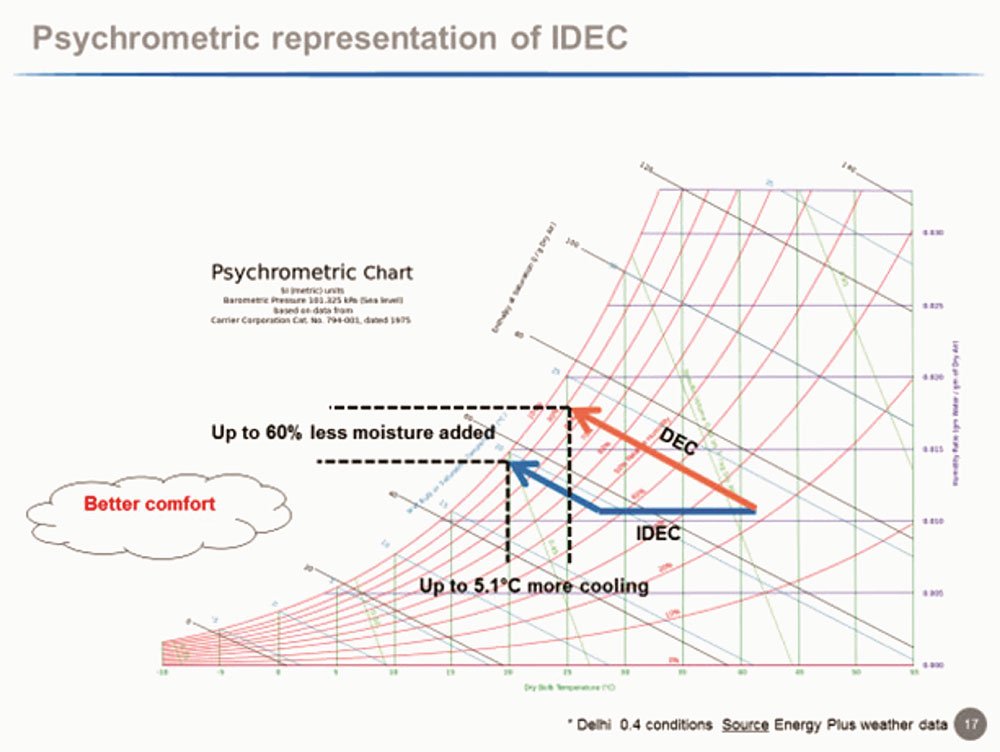
Temperature reduction achievable using indirect direct evaporative cooling
First, calculate the dry bulb and wet bulb temperatures achievable with indirect evaporative cooling:
1. Temp drop achievable = (dry bulb – wet bulb ) x (efficiency of indirect module)
Example: (42 degrees C- 23.5degrees C) x .7 = 13 degreesC.
2. Achievable temp = dry bulb – temp drop achievable
Example: 42 degrees – 13 degrees = 29 degrees DB/19.5 degrees WB.
3. Starting DB: 42 degrees
Ending DB: 29 degrees
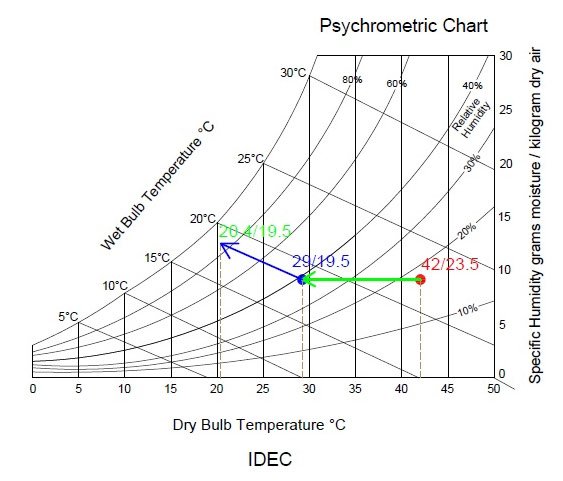
Then use the dry bulb/wet bulb values from step 3 to calculate the dry bulb/wet bulb temperatures achievable with direct evaporative cooling:
4. Temp drop achievable: (dry bulb – wet bulb ) x (efficiency of the media)
Example: (29 degrees – 19.5 degrees) x .9 = 8.6 degreesC.
5. Achievable temp = dry bulb – temp drop achievable
Example: 29 degrees – 8.6 degrees = 20.4 degrees DB/19.5 degrees WB.
6. Total temperature reduction using indirect/direct evaporative cooling:
Starting DB: 42 degrees C
Ending DB: 20.4 degrees C

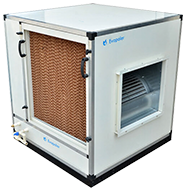

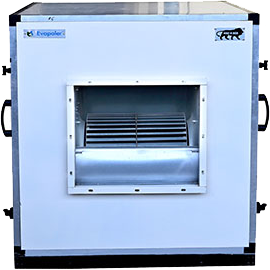
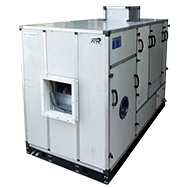
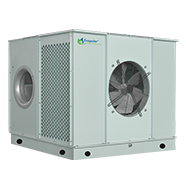
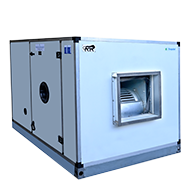
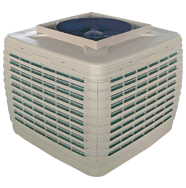
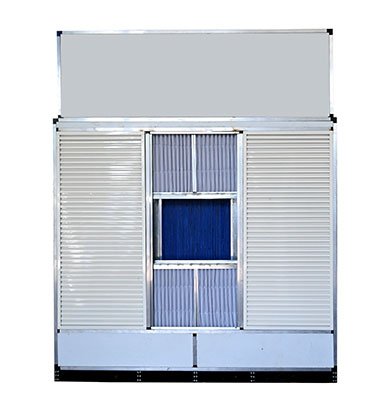

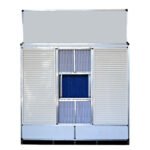

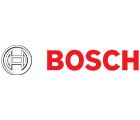
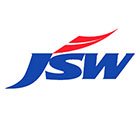
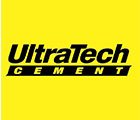

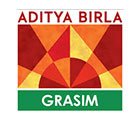
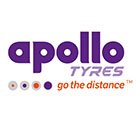
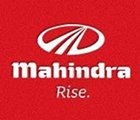
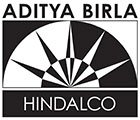


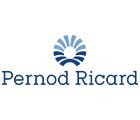
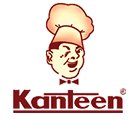
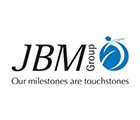
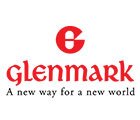

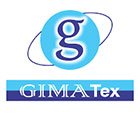
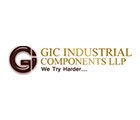
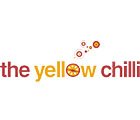
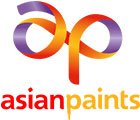
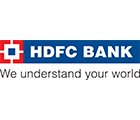
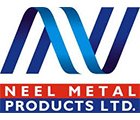
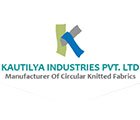
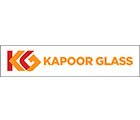


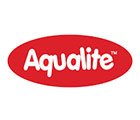
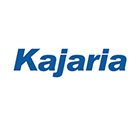

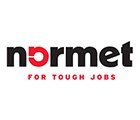


 Download Brochure
Download Brochure  Customer Care
Customer Care